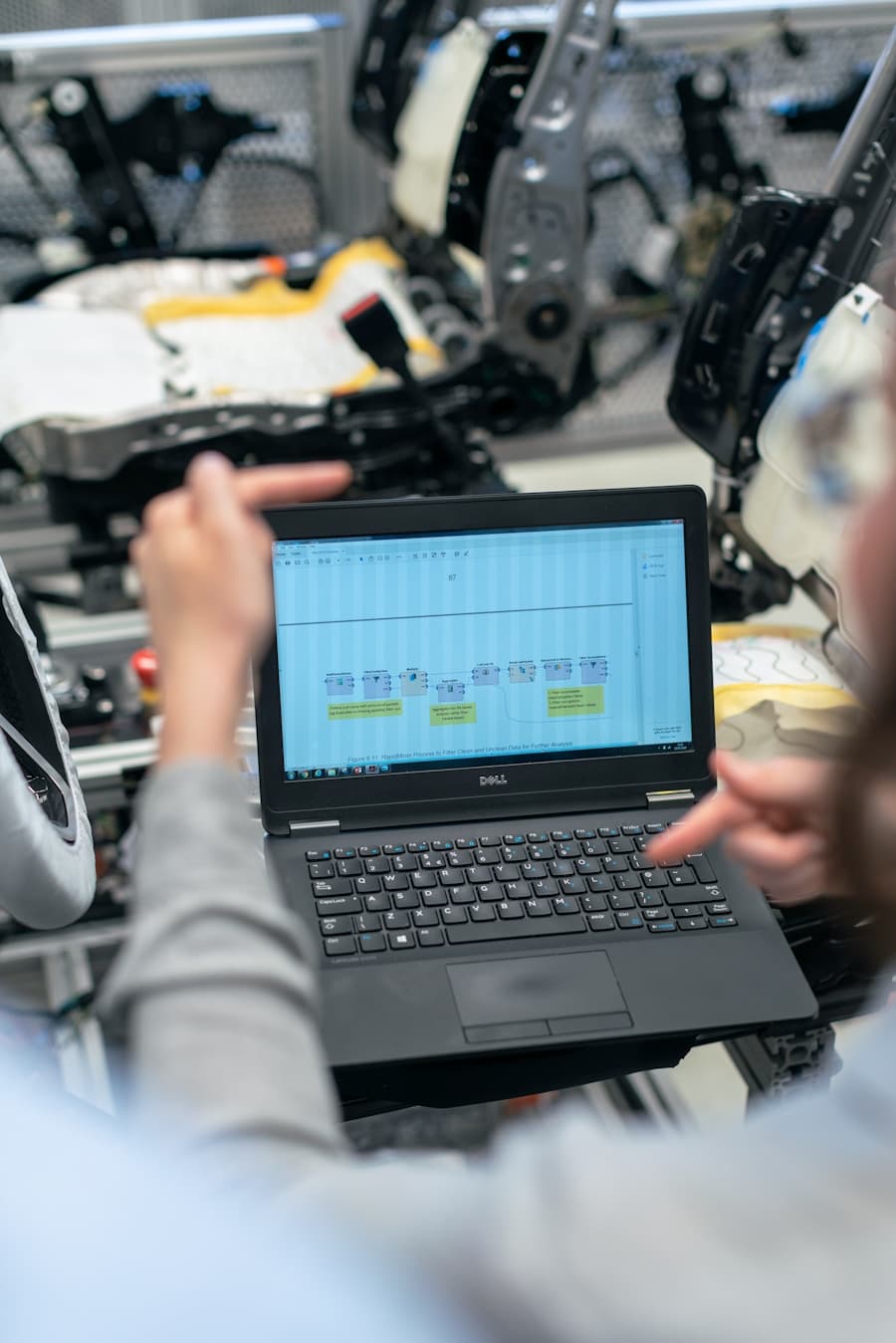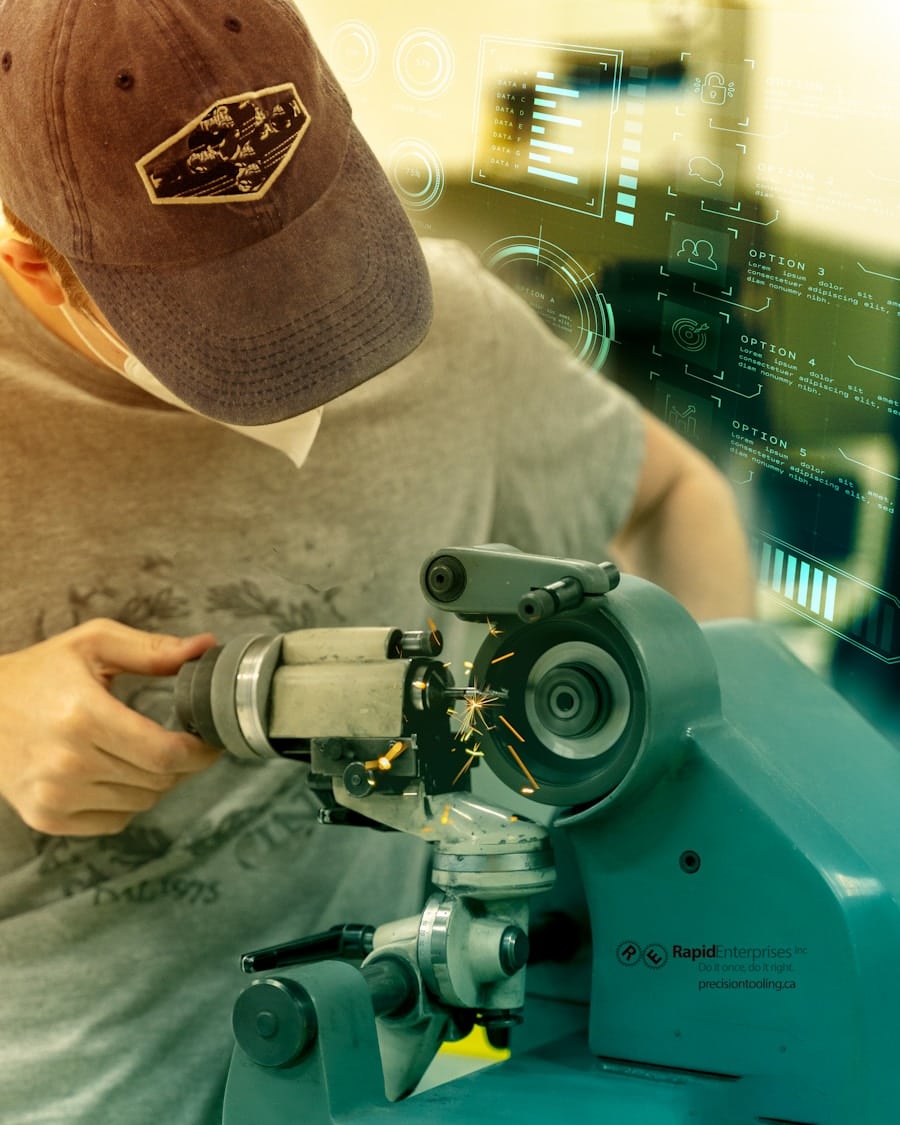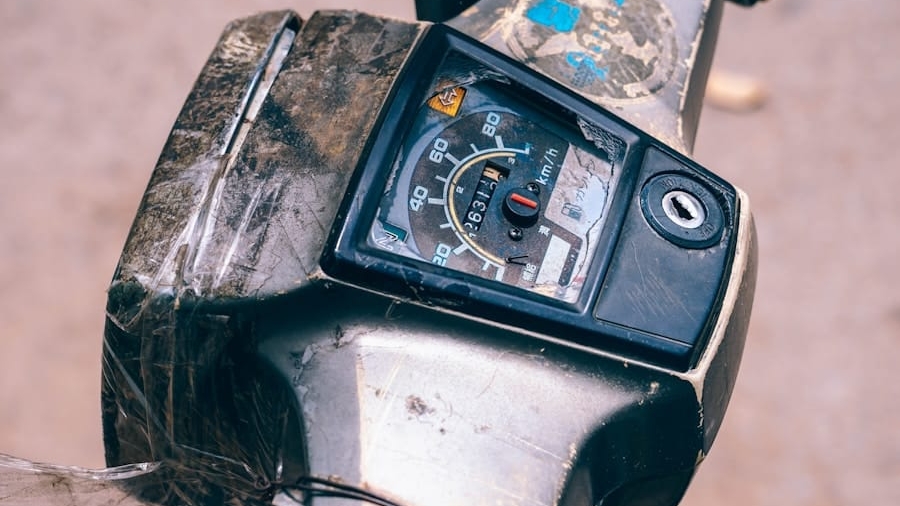Augmented Reality (AR) has emerged as a transformative technology across various sectors, particularly in the realm of equipment diagnostics and repair. By overlaying digital information onto the physical world, AR enhances the way technicians interact with machinery, enabling them to visualize complex systems and processes in real time. This innovative approach not only streamlines the diagnostic process but also significantly improves the accuracy and efficiency of repairs.
As industries increasingly adopt AR solutions, the potential for enhanced operational performance and reduced downtime becomes evident. The integration of AR into equipment diagnostics and repair is not merely a trend; it represents a paradigm shift in how maintenance tasks are approached. Traditional methods often rely on manuals, diagrams, and the technician’s prior experience, which can lead to errors or oversights.
In contrast, AR provides a dynamic interface that can guide technicians through intricate procedures, offering step-by-step instructions and real-time data. This capability is particularly valuable in environments where equipment complexity is high, and the margin for error is low. As we delve deeper into the implications of AR technology, it becomes clear that its role in equipment diagnostics and repair is poised to redefine industry standards.
Key Takeaways
- AR technology is transforming the way equipment diagnostics and repair are conducted in real-time, providing technicians with valuable information and guidance.
- The use of AR in equipment diagnostics and repair offers benefits such as improved accuracy, efficiency, and reduced downtime, leading to cost savings for businesses.
- Successful case studies demonstrate the effectiveness of AR in equipment diagnostics and repair, showcasing its potential for widespread adoption in various industries.
- Despite its advantages, challenges and limitations exist in using AR for equipment diagnostics and repair, including cost, technical limitations, and user training.
- Training and skill development for technicians using AR in equipment diagnostics and repair are essential for maximizing the technology’s potential and ensuring its successful implementation in the field.
How AR technology is revolutionizing equipment diagnostics and repair
The revolution brought about by AR technology in equipment diagnostics and repair is multifaceted. One of the most significant advancements is the ability to visualize internal components of machinery without disassembly. Through AR applications, technicians can use smart glasses or mobile devices to see a 3D representation of the equipment overlaid on the physical machine.
This visualization allows for a better understanding of how different parts interact, which is crucial for diagnosing issues accurately. For instance, a technician working on an aircraft engine can view a digital model that highlights critical components, making it easier to identify potential failure points. Moreover, AR technology facilitates remote assistance, enabling experts to guide technicians through complex repairs from anywhere in the world.
This capability is particularly beneficial in industries where specialized knowledge is scarce or where immediate access to expertise is required. For example, if a technician encounters an unexpected issue while servicing a piece of heavy machinery, they can connect with a remote expert who can see what the technician sees through their AR device. The expert can then provide real-time guidance, reducing the time spent troubleshooting and minimizing equipment downtime.
Benefits of using AR for real-time equipment diagnostics and repair

The benefits of employing AR for real-time equipment diagnostics and repair are extensive and impactful. One of the primary advantages is enhanced efficiency. By providing technicians with immediate access to relevant information and visual aids, AR reduces the time spent searching for manuals or consulting with colleagues.
This streamlined workflow not only accelerates the diagnostic process but also allows technicians to complete repairs more quickly, ultimately leading to increased productivity. In addition to efficiency gains, AR also contributes to improved accuracy in diagnostics and repairs. The technology minimizes human error by providing precise instructions and visual cues tailored to specific equipment models.
For instance, when performing maintenance on a complex assembly line machine, AR can highlight which screws need tightening or which components require lubrication based on real-time data analytics. This level of detail ensures that technicians are less likely to overlook critical steps, thereby enhancing the overall quality of maintenance work. Furthermore, AR fosters a safer working environment.
By equipping technicians with augmented reality tools that display safety protocols and hazard warnings directly in their line of sight, the risk of accidents can be significantly reduced. For example, when working on high-voltage equipment, AR can alert technicians to potential electrical hazards while they are engaged in repairs. This proactive approach to safety not only protects workers but also minimizes liability for organizations.
Case studies of successful implementation of AR in equipment diagnostics and repair
Several organizations have successfully implemented AR technology in their equipment diagnostics and repair processes, showcasing its transformative potential. One notable case is Boeing, which has integrated AR into its aircraft assembly and maintenance operations. Technicians at Boeing use AR glasses that overlay digital schematics onto physical components during assembly.
This application has led to a reported 40% reduction in assembly time for certain tasks, as technicians can visualize complex wiring diagrams without needing to refer back to paper manuals. Another compelling example comes from Siemens, which has utilized AR for maintenance on gas turbines. By employing AR applications that provide real-time data visualization and step-by-step repair instructions, Siemens has improved its maintenance efficiency significantly.
This implementation has not only reduced downtime but has also enhanced the reliability of Siemens’ gas turbine operations.
Challenges and limitations of using AR for equipment diagnostics and repair
Despite its numerous advantages, the adoption of AR technology in equipment diagnostics and repair is not without challenges. One significant hurdle is the initial investment required for AR systems, including hardware such as smart glasses or tablets and software development costs. For many organizations, especially smaller enterprises, this upfront expenditure can be a barrier to entry.
Additionally, ongoing maintenance and updates for AR systems can further strain budgets. Another challenge lies in the integration of AR technology with existing systems and workflows. Many organizations have established processes that may not easily accommodate new technologies.
For instance, integrating AR applications with legacy systems or databases can be complex and time-consuming. Furthermore, there may be resistance from employees who are accustomed to traditional methods of diagnostics and repair. Overcoming this resistance requires effective change management strategies and comprehensive training programs to ensure that technicians are comfortable using new tools.
Training and skill development for technicians using AR in equipment diagnostics and repair

The successful implementation of AR technology hinges on adequate training and skill development for technicians. As AR tools become more prevalent in equipment diagnostics and repair, organizations must invest in training programs that equip their workforce with the necessary skills to leverage these technologies effectively. This training should encompass not only technical skills related to using AR devices but also an understanding of how to interpret augmented data within the context of their work.
Hands-on training sessions that simulate real-world scenarios can be particularly effective in helping technicians become proficient with AR applications. For example, organizations might create virtual training environments where technicians can practice diagnosing issues using AR overlays without the pressure of real-time repairs. Additionally, ongoing support and refresher courses can help ensure that technicians remain up-to-date with advancements in AR technology and best practices.
Moreover, fostering a culture of continuous learning is essential as AR technology evolves rapidly. Encouraging technicians to share their experiences and insights regarding AR applications can lead to collective knowledge growth within the organization. By creating forums for discussion and collaboration around AR usage, companies can enhance their overall diagnostic capabilities while empowering their workforce.
Future trends and advancements in AR for real-time equipment diagnostics and repair
The future of AR in real-time equipment diagnostics and repair is promising, with several trends poised to shape its evolution. One significant trend is the increasing integration of artificial intelligence (AI) with AR technologies. AI algorithms can analyze vast amounts of data from equipment sensors and historical performance records to provide predictive maintenance insights directly within AR applications.
This integration will enable technicians to anticipate potential failures before they occur, allowing for proactive maintenance strategies that minimize downtime. Another emerging trend is the development of more sophisticated AR hardware that enhances user experience. As technology advances, we can expect lighter, more comfortable smart glasses with improved battery life and higher resolution displays.
These advancements will make it easier for technicians to use AR tools over extended periods without discomfort or fatigue. Additionally, advancements in 5G connectivity will facilitate faster data transmission between devices, enabling real-time collaboration among remote experts and on-site technicians. Furthermore, as industries increasingly recognize the value of data-driven decision-making, we may see a shift toward more comprehensive data integration within AR platforms.
Future AR applications could incorporate Internet of Things (IoT) data streams that provide real-time insights into equipment performance metrics alongside augmented visuals. This holistic approach will empower technicians with a deeper understanding of equipment health and performance trends.
The potential impact of AR on the future of equipment diagnostics and repair
The potential impact of augmented reality on the future of equipment diagnostics and repair is profound. As organizations continue to embrace this technology, we are likely to witness significant improvements in efficiency, accuracy, safety, and overall operational performance. The ability to visualize complex systems in real time will empower technicians to make informed decisions quickly while reducing the likelihood of errors during repairs.
The integration of AI and IoT data into AR applications will further enhance diagnostic capabilities, paving the way for predictive maintenance strategies that minimize downtime and extend equipment lifespans. In summary, augmented reality stands at the forefront of a technological revolution in equipment diagnostics and repair.
Its continued development promises not only to enhance current practices but also to redefine industry standards for maintenance excellence across various sectors.
In a related article, Discover the Best Tablet for On-Stage Lyrics Today, explores the use of technology in the music industry. Just like how AR is revolutionizing equipment diagnostics and repair, tablets are becoming essential tools for musicians to have their lyrics and music sheets readily available on stage. This article delves into the best tablets for musicians to use during live performances, highlighting the importance of technology in enhancing their craft.
FAQs
What is AR (Augmented Reality) and how does it work in equipment diagnostics and repair?
AR is a technology that overlays digital information such as images, videos, or 3D models onto the real world. In equipment diagnostics and repair, AR can provide real-time information and guidance to technicians, allowing them to visualize equipment components, access repair instructions, and receive remote assistance.
What are the benefits of using AR in real-time equipment diagnostics and repair?
Using AR in equipment diagnostics and repair can improve efficiency, accuracy, and safety. Technicians can access relevant information hands-free, reducing the need to consult manuals or other resources. AR can also enable remote experts to provide guidance and support, leading to faster and more effective repairs.
How does AR enhance the diagnostic process for equipment maintenance?
AR can enhance the diagnostic process by providing technicians with real-time data overlays, equipment schematics, and step-by-step repair instructions. This can help technicians quickly identify issues, locate components, and perform necessary maintenance tasks with greater precision.
What types of equipment can benefit from AR in diagnostics and repair?
AR can be applied to a wide range of equipment, including industrial machinery, automotive systems, medical devices, and consumer electronics. Any equipment that requires maintenance, troubleshooting, or repair can benefit from the use of AR technology to enhance the diagnostic and repair process.
What are the challenges of implementing AR for real-time equipment diagnostics and repair?
Challenges in implementing AR for equipment diagnostics and repair include the need for compatible hardware and software, training technicians to use AR effectively, and ensuring the security and reliability of AR systems. Additionally, integrating AR into existing maintenance processes and workflows may require careful planning and coordination.

